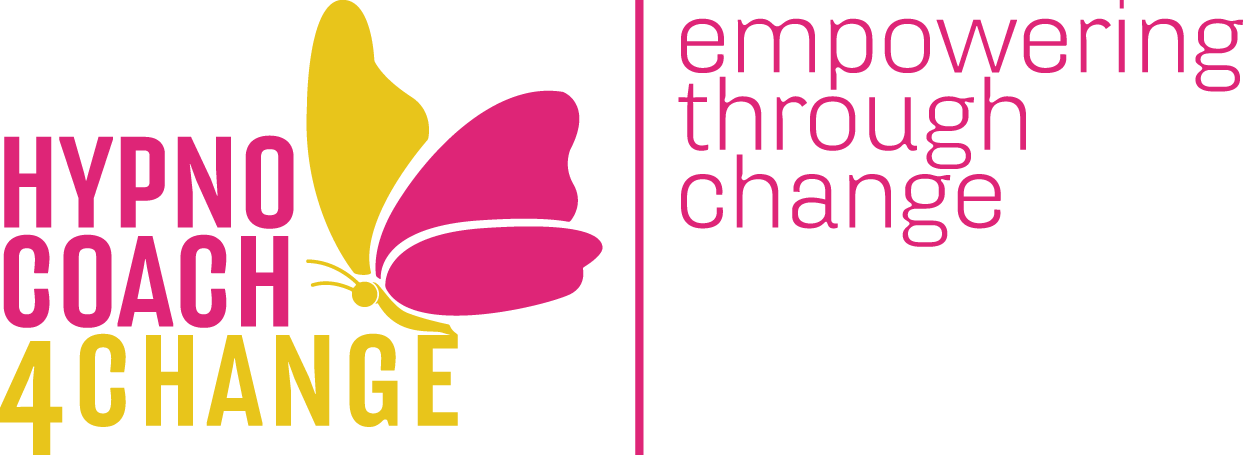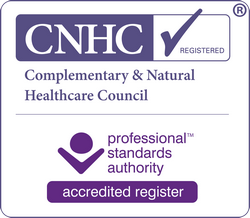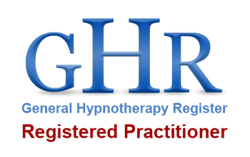Frequently asked questions
Find some answers here and don't hesitate to ask anything!
Registrations & Accreditations
My memberships
I am a member of the Complementary and National Healthcare Council (CNHC), General Hypnotherapy Register (GHR) and the General Hypnotherapy Standards Council (GHSC).
CNHC
The Complementary and Natural Healthcare Council (CNHC) s the UK voluntary regulator for practitioners from complementary therapies, set up with government support to protect the public, with all practitioners meeting UK-wide standards. All CNHC registrants are professionally trained, fully insured and have agreed to be bound by the highest standards of conduct.
GHR & GHSC
The General Hypnotherapy Register
The General Hypnotherapy Standards Council
GHR along with the GHSC, are a key participant within the Working Group for Hypnotherapy Regulation whose primary purpose is to facilitate agreed standards within the profession and to subsequently bring about Voluntary Self-regulation (VSR), an officially recognised status, for the entire industry with registrants holding full Practitioner Level status (or above).
What is a Hypnotherapy?
Contrary to popular belief, hypnosis is not a state of deep sleep. It does involve the induction of a trance-like condition, but when in it, the patient is actually in an enhanced state of awareness, concentrating entirely on the hypnotist’s voice. In this state, the conscious mind is suppressed and the subconscious mind is revealed.
The therapist is able to suggest ideas, concepts and lifestyle adaptations to the patient, the seeds of which become firmly planted.
The practice of promoting healing or positive development in any way is known as hypnotherapy. As such, hypnotherapy is a kind of psychotherapy. Hypnotherapy aims to re-programme patterns of behaviour within the mind, enabling irrational fears, phobias, negative thoughts and suppressed emotions to be overcome. As the body is released from conscious control during the relaxed trance-like state of hypnosis, breathing becomes slower and deeper, the pulse rate drops and the metabolic rate falls. Similar changes along nervous pathways and hormonal channels enable the sensation of pain to become less acute, and the awareness of unpleasant symptoms, such as nausea or indigestion, to be alleviated.
How does it work?
Hypnosis is thought to work by altering our state of consciousness in such a way that the analytical left-hand side of the brain is turned off, while the non-analytical right-hand side is made more alert. The conscious control of the mind is inhibited, and the subconscious mind awoken. Since the subconscious mind is a deeper-seated, more instinctive force than the conscious mind, this is the part which has to change for the patient’s behaviour and physical state to alter.
For example, a patient who consciously wants to overcome their fear of spiders may try everything they consciously can to do it, but will still fail as long as their subconscious mind retains this terror and prevents the patient from succeeding. Progress can only be made be reprogramming the subconscious so that deep-seated instincts and beliefs are abolished or altered.
What is Coaching?
Coaching assists a client to bridge the gap between where they are now, to where they would like to be (their goals), far more effectively than if they worked alone.
Unlike therapy, coaching focuses on the ‘here and now’ rather than on the distant past. The coach is not the expert but, instead, the coach is a facilitator of learning. Coaching generates positive changes through the client feeling motivated, encouraged, supported and empowered.
The coaching relationship is equal between the coach and client, working on what comes up for the client in the present moment, enabling the client to break down unhelpful barriers to allow the creation of positive change.
What is Cognitive Behaviour Therapy (CBT)?
Cognitive-behavioral therapy is a psycho-social intervention that is the most widely used evidence-based practice for improving mental health.
Guided by empirical research, CBT focuses on the development of personal coping strategies that target solving current problems and changing unhelpful patterns in cognitions, behaviors, and emotional regulation.
It was originally designed to treat depression, and is now used for a number of mental health conditions.
What is Neuro-linguistic Programming (NLP)?
Neuro
Each individual has established their own unique mental filtering system for processing the millions of bits of data being absorbed through the senses. Our first mental map of the world is constituted of internal images, sounds, tactile awareness, internal sensations, tastes and smells that form as result of the neurological filtering process. The first mental map is called ‘First Access’ in NLP.
Linguistic
We then assign personal meaning to the information being received from the world outside. We form our second mental map by assigning language to the internal images, sounds and feelings, tastes and smells, thus forming everyday conscious awareness. The second mental map is called the Linguistic Map (sometimes known as Linguistic Representation)
Programming
The behavioural response that occurs as a result of neurological filtering processes and the subsequent linguistic map.
What is Eye Movement Desensitisation and Reprocessing therapy (EMDR)?
Eye Movement Desensitization and Reprocessing, or EMDR, is a powerful new psychotherapy technique which has been very successful in helping people who suffer from trauma, anxiety, panic, disturbing memories, post traumatic stress and many other emotional problems. Until recently, these conditions were difficult and time-consuming to treat. EMDR is considered a breakthrough therapy because of its simplicity and the fact that it can bring quick and lasting relief for most types of emotional distress.
EMDR is the most effective and rapid method for healing PTSD (Post Traumatic Stress Disorder) as shown by extensive scientific research studies. Ultimately EMDR releases stored emotions from past events.
The EMDR therapy uses bilateral stimulation, right/left eye movement and/or tactile stimulation like tapping on your thighs, which repeatedly activates the opposite sides of the brain, releasing emotional experiences that are “trapped” in the nervous system. This assists the neurophysiological system, the basis of the mind/body connection, to free itself of blockages and reconnect itself.
As troubling images and feelings are processed by the brain via the eye-movement and/or tapping on the thighs patterns of EMDR, resolution of the issues and a more peaceful state are achieved.
What can I expect as a new client?
As a new client, I start by offering a 15 min telephone consultation, giving me the opportunity to explain how I work, and find out what you would like to work on. If this is not convenient we can always communicate via email.
If you decide to make a booking (there will be no pressure to make one), I will then forward by email:
- An invoice requesting payment prior to the session taking place – all sessions are paid 48hrs in advance and are not confirmed until payment has been received.
On the day of your session
It is my intention to help you feel as comfortable as possible, in a safe and confidential space. My complete focus will be on you, allowing you to be really listened to, so that we can start the process of making the desired positive change.
The first session is approximately 60 – 90 min, with further sessions lasting 60 min. I recommend 3 sessions for most clients, but this can differ depending on what you wish to work on. You are also welcome to book sessions individually should that suit you better.
Your desire to REALLY want to make a positive change is essential, as therapy requires commitment from both you (the client) and myself (the therapist) to help you reach your goal as quickly as possible.
Do you work with children?
Yes, I work with children of all ages, covering many aspects to include but not limited to; anxiety, depression, panic attacks, fears and phobias.
When working with children (under 16 years), I ask for a parent/guardian to be present in the room at all times. It is my intention to make the session/s as enjoyable as possible, so the child and parent/guardian are able to feel relaxed, ask questions and enjoy the experience.
When using Hypnotherapy with children, it is offered to the child as a story, requesting that they use their imagination, with no pressure for the child involved to go into hypnosis. I simply encourage the child to relax and listen to the story with their eyes closed, allowing them to focus on the content of the story and explore their imagination. To make it more comfortable for the child and parent/guardian, I also invite the parent/guardian to sit back and enjoy the story.
Insurance
I am fully insured through Balens with a Professional Liability Policy.
Balens look after the insurance needs of many thousands of all types of Health Professionals, organisations, charities and the not for profit sector.
Balens is authorised and regulated by the Financial Conduct Authority (FCA). They follow high standards of professional conduct and abide by a Code of Ethics, rules and regulations. Being authorised and regulated by the Financial Conduct Authority also means that they comply with stringent financial checks, reports and controls on a continual basis. Balens are members of the UK Insurance Brokers Association.
What are you waiting for?



